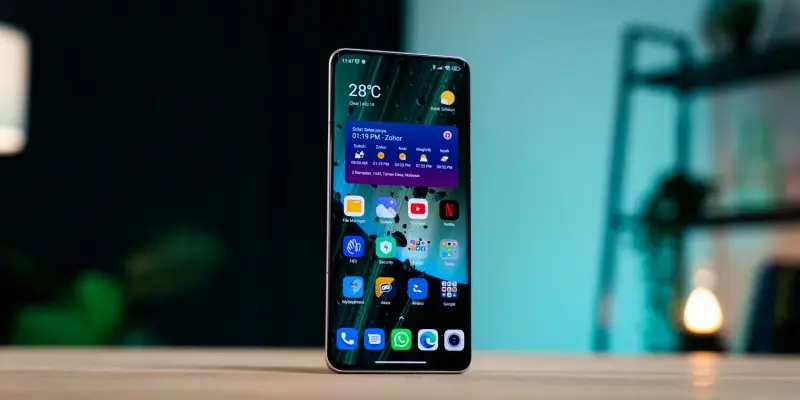With technological advancements rapidly reshaping the landscape of mobile processors, Xiaomi has re-entered the arena with its newest creation, the XRing O1 chipset. Making its debut in the Xiaomi 15S Pro and the Xiaomi Pad 7 Ultra, the XRing O1 marks Xiaomi’s return to designing in-house flagship chipsets since their last foray with the Surge S1. The spotlight is firmly on the XRing O1 as it is compared to industry titans Snapdragon and MediaTek for international recognition. The early results appear promising for Xiaomi, with the chipset showing impressive scores on tools like Geekbench 6 and AnTuTu. In specific performance segments, the XRing O1 challenges chipsets such as the Snapdragon 8 Elite and MediaTek Dimensity 9400, indicating its high potential in processing power. While the CPU performance of the XRing O1 showcases formidable scores, the complete set of features that make a chipset excellent or even innovative is currently being scrutinized extensively.
Evaluating the Competitive Landscape
Despite its early success in CPU benchmarking, the XRing O1 confronts challenges in other critical performance aspects. Its GPU performance, for instance, falls short when compared to competitors like the Steel Nomad Light, as reflected in AnTuTu GPU scores suggesting room for improvement. This has stirred debate among tech enthusiasts regarding Xiaomi’s current positioning in the mobile processor hierarchy. Presently, the XRing O1 is only available in China, limiting its global impact. == Without international availability, the chipset faces hurdles in establishing a presence on the world stage, leaving overseas users no choice but to import devices if they wish to experience its capabilities.== However, Xiaomi’s progress with the XRing O1 underlines its commitment to innovation and pushing technological boundaries. By limiting initial distribution, Xiaomi is able to refine its creation before a widespread release. This venture highlights Xiaomi’s ambition in the competitive tech landscape, foreshadowing the XRing O1 as a potential cornerstone in Xiaomi’s storied path, sparking anticipation for what’s next in the evolution of mobile chipsets.

